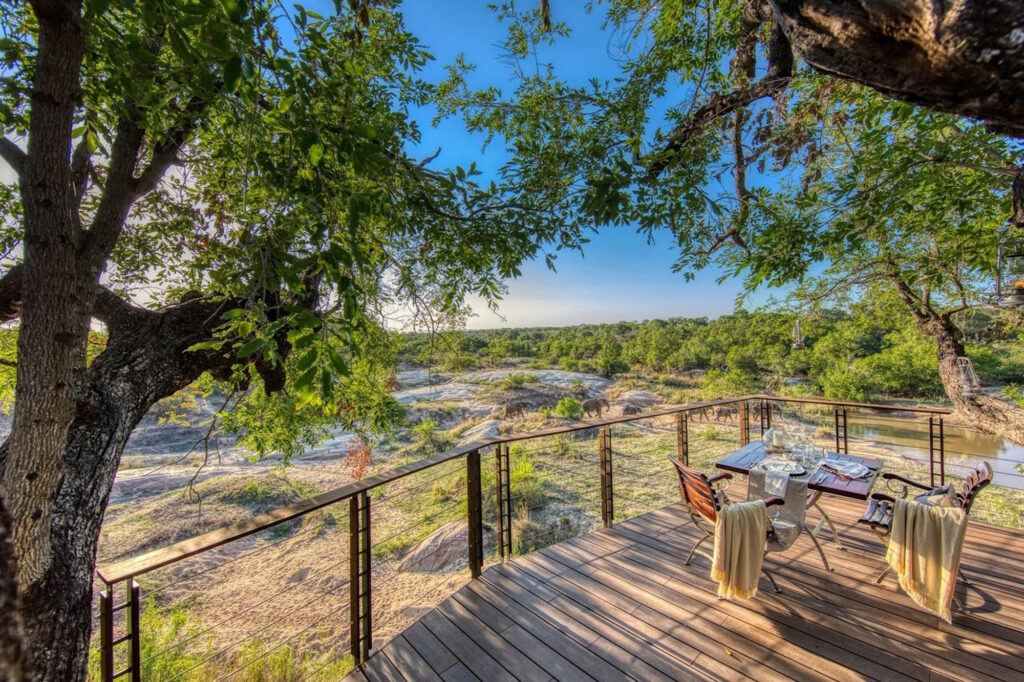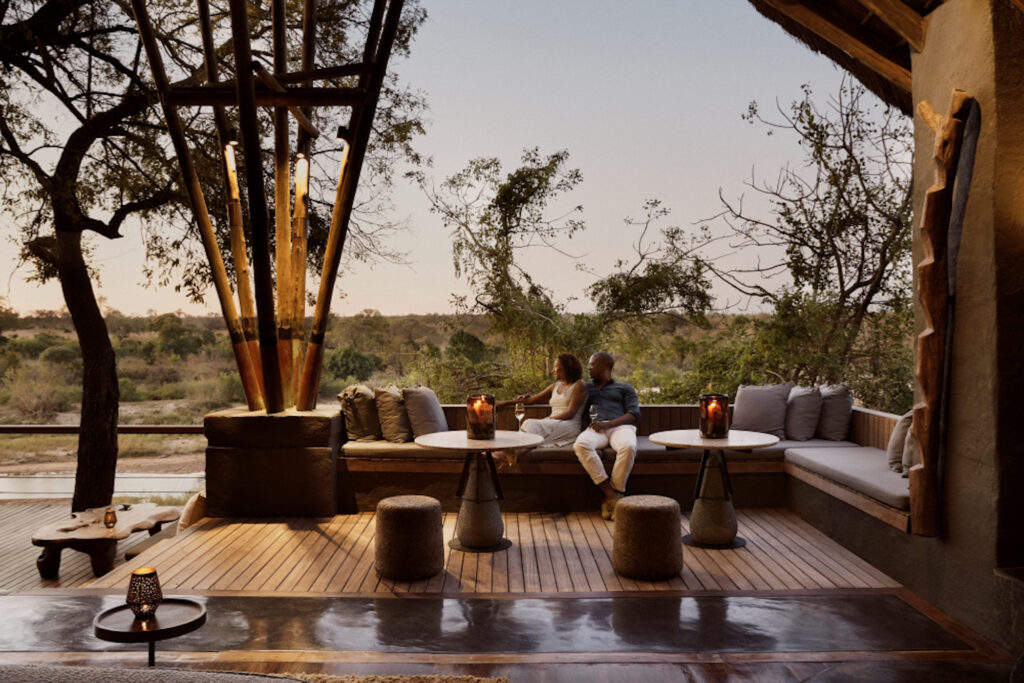
South Africa
Kruger unleashed: best time to go for the ultimate safari
Southern Africa • Insider guides • Kruger unleashed: best time to go for the ultimate safari
The best time to visit Kruger National Park
Planning the perfect safari is all about timing. Different seasons offer their own unique experiences and timing your visit is essential when it comes to wildlife sightings and weather conditions. In this guide, we’ll break down the key seasons to help you choose when to go for your ultimate safari adventure. We’ll highlight the best times to visit the Kruger National Park not only for wildlife sightings and ideal temperatures but also highlight the best times to visit if you are on a budget or if you are travelling as a family.
Table of Contents

When is the best time to visit Kruger National Park?
The best time to visit Kruger National Park is during the dry winter months from May to September. During this period, the park’s vegetation thins out, making it easier to spot wildlife as animals congregate around waterholes and rivers.
The cooler temperatures also make for more comfortable game drives, with daytime highs averaging around 25°C (77°F) and nights dropping to around 10°C (50°F). This season is particularly popular for birdwatching, as many resident species are more visible.
However, Kruger is a year-round destination, with each season offering unique experiences. The wet season (October to April) brings lush landscapes, vibrant flora and an abundance of baby animals. Ultimately, the best time to visit depends on what you’re hoping to see and experience during your safari.

What are the benefits of visiting during the dry season (May to September)?
Visiting Kruger during the dry season offers numerous benefits. One of the main advantages is the excellent game viewing. With sparse vegetation and fewer water sources, animals are easier to spot as they gather around the remaining waterholes. The cooler temperatures, ranging from 8°C (46°F) at night to around 28°C (82°F) during the day, make for a more pleasant safari experience.
Additionally, the risk of malaria is lower during the dry season due to the reduced presence of mosquitoes. The dry season is also less crowded compared to the peak holiday months, allowing for a more peaceful and intimate safari. The clear skies and minimal rainfall provide excellent conditions for photography, capturing the stunning landscapes and wildlife in their natural habitat.

What are the benefits of visiting during the wet season (October to April)?
The wet season in Kruger, from October to April, brings its own set of unique advantages. The park transforms into a thriving green landscape, making it a must-visit for photographers. This is also the time when many animals give birth, so you’ll have the chance to see lots of baby animals, from impalas to warthogs and lion cubs. The rivers and waterholes are full, attracting a diverse range of wildlife.
Birdwatchers will be entertained as migratory birds arrive, adding to the park’s already impressive avian population. Although the weather can be hot and humid, with temperatures often exceeding 30°C (86°F), the rain usually comes in short, heavy bursts, leaving plenty of time for game drives. The wet season is also less crowded, offering a more private and exclusive safari experience.

What are the best months for a budget-friendly safari in Kruger?
For a budget-friendly safari, consider visiting during the shoulder seasons of April to mid-June and September to November. These months offer a balance of good wildlife viewing and cost savings. During these periods, accommodation rates tend to be lower and special deals are more readily available.
The weather is also more forgiving, with temperatures being cooler and more comfortable compared to the peak summer heat. In April and May, you can still witness the tail end of the green season, with lush landscapes and plenty of bird activity. In September and October, as the dry season progresses, wildlife sightings increase around water sources.
Additionally, fewer tourists during these months mean less crowded viewing points and a more relaxed experience. By planning your visit during these shoulder months, you can enjoy the wonders of Kruger without breaking the bank.

What is the best time to visit Kruger for a family-friendly safari?
For a family-friendly safari, the dry season, particularly from August to September, is ideal. The cooler temperatures and reduced risk of malaria make it safer and more comfortable for families, especially those with young children. During this time, wildlife is easier to spot due to sparse vegetation, keeping kids engaged and excited.
Many lodges in Kruger cater to families with special programs and activities designed for children, such as Junior Ranger programs, where kids can learn about wildlife and conservation in a fun, interactive way. Family suites and child-friendly amenities are also more common during this season.
South African school holidays often coincide with these months, making it a convenient time for local families to travel. This period ensures that both children and adults can enjoy a memorable and stress-free safari adventure.
Share this
Stay in the know
Sign up for the latest hotspot news from Southern Africa.







